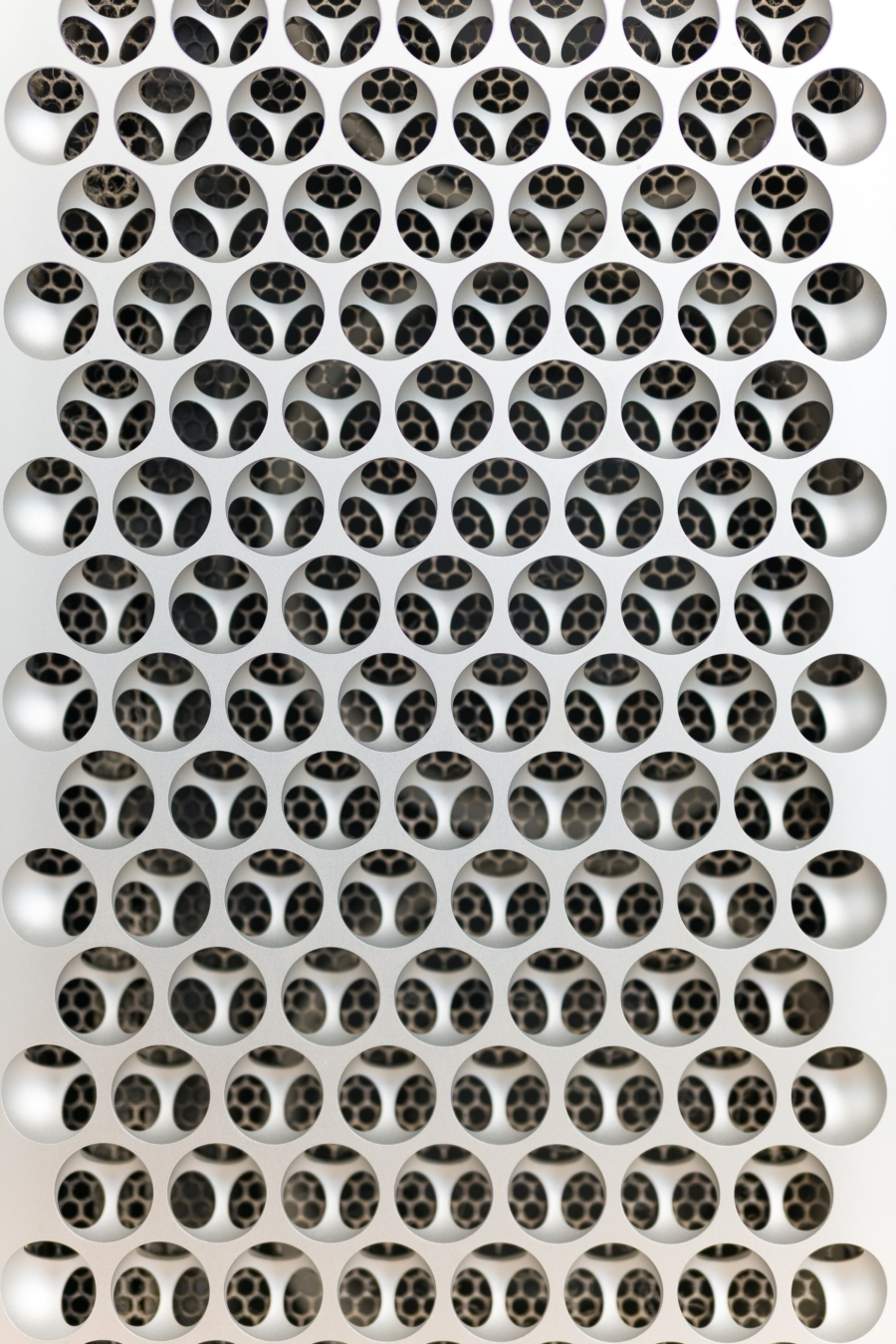Tariffs, Apple Silicon, and The Last Intel Mac
Few weeks ago, I hinted a notion that I was waiting for a possible MacBook Pro update, more powerful chips and OLED displays preferably, and until then my Intel Mac Pro will have to do. Now that America has started worldwide trade war against every nations and unoccupied islands, it peaked my interest how others are adapting to the possible price hike.
To lay some groundwork, currently available M4 Max MacBook Pro isn’t exactly an “upgrade” from 2019 Mac Pro. In terms of raw performance, 6900XT still outperforms M3 Ultra on Mac Studio, the most powerful Apple Silicon configuration yet, by slight margin. But that isn’t always the case. Synthetic benchmarks must be read with some contexts, in which case, professional reviewers have already reported Apple Silicon often outperforms Intel Mac Pro. Considering the update cycle of a workstation, roughly 5 years on average, or 7 years of Apple’s software updates, 2019 Mac Pro users are at a critical moment. And the new waves of tariffs are certainly adding more complications.
There was already a report that went viral last week suggesting iPhone prices could see an increase up to 43%. Using the same numbers for Mac, —though Apple does have more aggressive pricing policy on Macs— M3 Ultra Mac Studio, currently starts at $4k, could be a $5.7k machine after the tariff. For the famous maxed-out configuration, that’s $20k, about $6k increase. The configuration I had in mind, a M4 Max 14-inch MacBook Pro, currently costs $4k, and after the tariff, it could go up to $5.8k. Again, I would like to emphasize the numbers are entirely hypothetical.
MacBook Pro is rumored to have two updates, M5 models before the end of 2025, and then OLED displays in coming 2026 or 2027. For the life of me, I have no idea how much influence tariffs would have on the price tags for the future models. But if you are looking forward to replace your old Mac Pro to a laptop, more powerful GPU and better display are enticing reasons to wait — only that it could cost additional $1.8k for buying at the a wrong time.
What makes the matter worse for Intel Mac Pro is that it’s facing the end of software update support. As the last Intel Machine on Apple’s roster, speculations have it that Mac Pro may not receive future upgrades as early as the macOS 16, set to be revealed in this year. As the last Intel model announced before the transition to Apple Silicon, Mac Pro hasn’t aged particularly well in terms of ecosystem positioning. As M-series Macs have gained enormous popularity, x86 softwares are quickly losing its support, not to mention the non-universal apps that are simply incompatible with the older machine. Rosetta 2 works only one way, for x86 applications to run on Apple Silicon — an accelerant for change.
Ultimately, working with the hypothetical numbers is the best bet I could go with and possibly recommend. So long as you can recoup the additional cost over the 5 years, it is a viable option. I suspect the jump is more difficult for most Mac Pro users as some of us still need x86 environment and the raw performance from dGPU; neither of which Apple Silicon can offer. On my personal note, I’m thinking to turn my Mac Pro into Linux or Windows machine should the software update stops entirely and work on M2 MacBook Air as my go-to machine.
